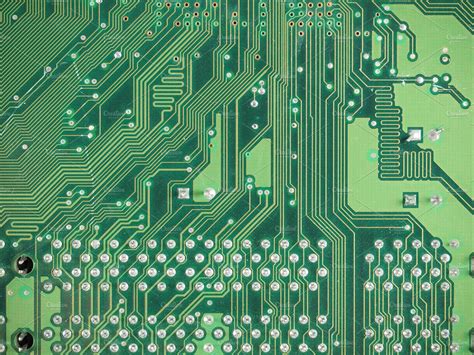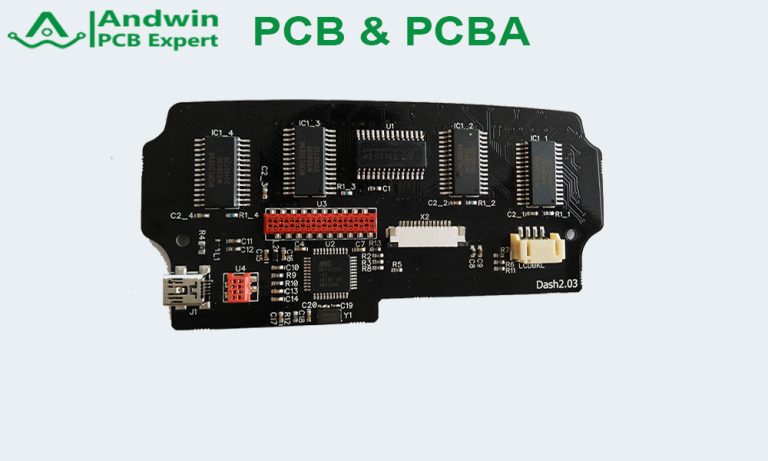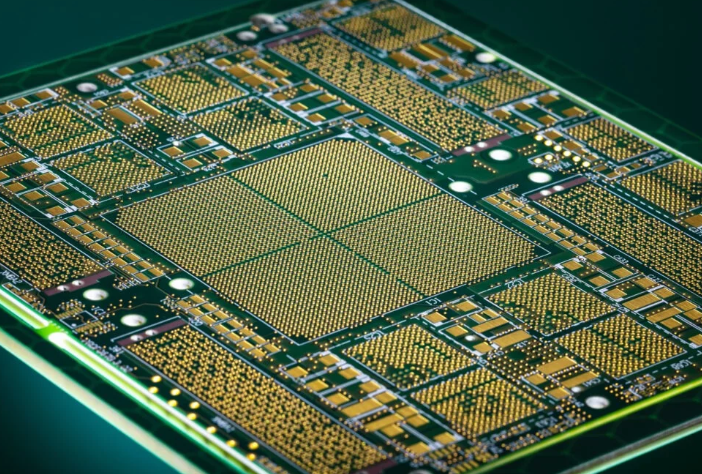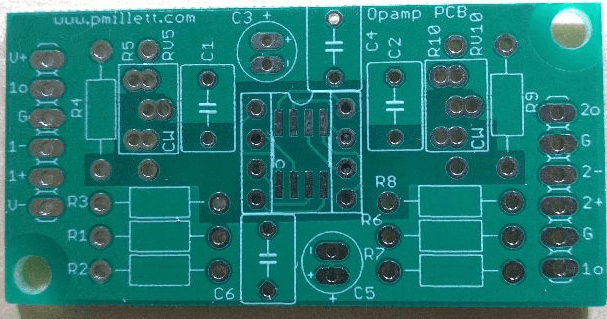Design flex pcb
Advantages Of Using Flexible PCBs In Modern Electronics
In the ever-evolving landscape of modern electronics, the demand for more compact, efficient, and versatile devices has led to significant advancements in the design and implementation of printed circuit boards (PCBs). Among these innovations, flexible PCBs, or flex PCBs, have emerged as a game-changer, offering a myriad of advantages that cater to the needs of contemporary electronic applications. As we delve into the benefits of using flexible PCBs, it becomes evident why they are becoming increasingly popular in various industries.
To begin with, one of the most notable advantages of flexible PCBs is their ability to conform to complex shapes and contours.
Unlike traditional rigid PCBs, which are limited by their inflexible nature, flex PCBs can be bent, folded, and twisted without compromising their functionality. This inherent flexibility allows for more creative and efficient use of space within electronic devices, making them ideal for applications where space is at a premium. For instance, in wearable technology, medical devices, and compact consumer electronics, the ability to design circuits that can fit into unconventional spaces is invaluable.
Moreover, the lightweight nature of flexible PCBs contributes significantly to the overall reduction in the weight of electronic devices.
This is particularly advantageous in industries such as aerospace, automotive, and portable electronics, where every gram counts. By replacing traditional rigid PCBs with their flexible counterparts, manufacturers can achieve a substantial decrease in weight, leading to improved performance and energy efficiency. Additionally, the reduced weight can enhance the user experience, especially in handheld and wearable devices, by making them more comfortable and convenient to use.
Another critical benefit of flexible PCBs is their durability and reliability.
The materials used in the construction of flex PCBs, such as polyimide or polyester films, are known for their excellent thermal stability and resistance to harsh environmental conditions. This makes flexible PCBs well-suited for applications that require high levels of reliability and longevity, even in extreme conditions. For example, in automotive and industrial applications, where exposure to high temperatures, vibrations, and mechanical stress is common, flexible PCBs can maintain their integrity and performance over extended periods.
Furthermore, the use of flexible PCBs can lead to significant cost savings in the manufacturing process.
The ability to integrate multiple components and interconnections into a single flexible substrate reduces the need for additional connectors and wiring, thereby simplifying the assembly process. This not only lowers the material costs but also minimizes the labor required for assembly, leading to faster production times and reduced overall manufacturing expenses. Additionally, the compact and lightweight nature of flexible PCBs can result in lower shipping and handling costs, further contributing to cost efficiency.
In addition to these practical advantages, flexible PCBs also offer enhanced electrical performance. The shorter and more direct routing of electrical paths in flex PCBs can lead to reduced signal loss and improved signal integrity. This is particularly beneficial in high-frequency applications, where maintaining signal quality is crucial. Moreover, the ability to design complex multilayer flex PCBs allows for greater circuit density and functionality within a smaller footprint, enabling the development of more sophisticated and powerful electronic devices.
In conclusion, the advantages of using flexible PCBs in modern electronics are manifold, ranging from their ability to conform to complex shapes and reduce device weight to their durability, cost efficiency, and enhanced electrical performance. As technology continues to advance and the demand for more compact and efficient electronic devices grows, the adoption of flexible PCBs is likely to become even more widespread, driving innovation and shaping the future of the electronics industry.

Design Guidelines For Creating Reliable Flexible PCBs
Designing reliable flexible printed circuit boards (PCBs) requires a meticulous approach, as these components are integral to the functionality of many modern electronic devices. The unique properties of flexible PCBs, such as their ability to bend and twist, make them ideal for applications where space constraints and mechanical flexibility are paramount. However, these same properties also introduce a set of challenges that must be addressed to ensure reliability and performance.
To begin with, material selection is a critical factor in the design of flexible PCBs.
Polyimide is commonly used due to its excellent thermal stability, mechanical strength, and flexibility. It is essential to choose materials that can withstand the environmental conditions the PCB will be exposed to, including temperature variations, humidity, and potential chemical exposure. Additionally, the adhesive used to bond the layers of the flexible PCB must be carefully selected to ensure it does not degrade over time or under stress.
Transitioning to the layout design, it is important to consider the mechanical stresses that the flexible PCB will encounter.
Traces should be routed in a manner that minimizes stress concentration points. For instance, traces should avoid sharp angles and instead use curved paths to distribute mechanical stress more evenly. Furthermore, placing traces perpendicular to the bend lines can help reduce the risk of cracking or delamination. It is also advisable to use wider traces and larger pads in areas that will experience significant bending to enhance durability.
Another crucial aspect is the stack-up configuration of the flexible PCB.
The stack-up should be designed to balance flexibility with the necessary electrical performance. This often involves a trade-off between the number of layers and the overall thickness of the PCB. A thinner PCB will be more flexible but may have limitations in terms of the number of signal layers and power distribution capabilities. Conversely, a thicker PCB can support more layers but may be less flexible. Therefore, careful consideration must be given to the specific requirements of the application to determine the optimal stack-up.
In addition to the physical design, the electrical performance of the flexible PCB must be meticulously planned.
Signal integrity is a key concern, particularly in high-speed applications. To mitigate issues such as signal loss and electromagnetic interference, designers should employ techniques such as controlled impedance routing and proper grounding. Shielding can also be used to protect sensitive signals from external noise. Moreover, it is important to consider the thermal management of the flexible PCB, as excessive heat can lead to performance degradation and potential failure. This can be addressed through the use of thermal vias, heat sinks, and careful placement of heat-generating components.
Testing and validation are indispensable steps in the design process of flexible PCBs.
Prototyping allows designers to identify and rectify potential issues before mass production. Flexibility tests, thermal cycling, and environmental stress tests should be conducted to ensure the PCB can withstand the conditions it will face in its intended application. Additionally, electrical testing should be performed to verify that the PCB meets all performance specifications.
In conclusion, designing reliable flexible PCBs involves a comprehensive approach that encompasses material selection, mechanical and electrical design considerations, and rigorous testing. By adhering to these guidelines, designers can create flexible PCBs that not only meet the functional requirements of their applications but also deliver long-term reliability and performance.
Common Challenges And Solutions In Flexible PCB Manufacturing
Flexible printed circuit boards (PCBs) have revolutionized the electronics industry by offering unparalleled versatility and adaptability. However, the manufacturing process of flexible PCBs is fraught with challenges that can impact their performance and reliability. Understanding these common challenges and their solutions is crucial for ensuring the successful production of high-quality flexible PCBs.
One of the primary challenges in flexible PCB manufacturing is material selection.
Unlike rigid PCBs, flexible PCBs require materials that can withstand bending and flexing without compromising electrical performance. Polyimide is a popular choice due to its excellent thermal stability and mechanical properties. However, selecting the right adhesive and copper foil is equally important. Adhesives must provide strong bonding without adding excessive stiffness, while copper foils need to be thin enough to maintain flexibility but thick enough to ensure reliable conductivity. To address this, manufacturers often conduct extensive material testing and simulations to identify the optimal combination of materials for their specific application.
Another significant challenge is maintaining dimensional stability during the manufacturing process.
Flexible PCBs are prone to stretching and warping, which can lead to misalignment and defects. To mitigate this, manufacturers employ precise tension control systems during the fabrication process. Additionally, using laser direct imaging (LDI) technology can enhance accuracy by directly transferring the circuit pattern onto the substrate, reducing the risk of misalignment. Implementing these advanced techniques helps ensure that the final product meets stringent dimensional tolerances.
The etching process also presents unique challenges in flexible PCB manufacturing.
Traditional etching methods can cause undercutting and uneven etch rates, which are particularly problematic for fine-pitch designs. To overcome this, manufacturers often use advanced etching techniques such as plasma etching or chemical milling. These methods provide better control over the etching process, resulting in more precise and uniform patterns. Furthermore, incorporating automated inspection systems can help detect and rectify any etching defects early in the production cycle, thereby improving overall yield.
Thermal management is another critical aspect that poses challenges in flexible PCB manufacturing.
Flexible PCBs are often used in applications where space is limited, making it difficult to incorporate traditional cooling solutions. To address this, manufacturers can use thermal vias and heat spreaders to dissipate heat more effectively. Additionally, selecting materials with high thermal conductivity and optimizing the layout to minimize heat generation can significantly enhance thermal performance. Advanced simulation tools can also be employed to model thermal behavior and identify potential hotspots, allowing for proactive design adjustments.
Finally, ensuring reliable interconnections in flexible PCBs is a complex task. The repeated bending and flexing can cause mechanical stress on solder joints and connectors, leading to potential failures. To mitigate this, manufacturers can use flexible solder masks and strain relief features to protect critical areas. Additionally, employing high-reliability connectors and conducting rigorous mechanical testing can help ensure that the interconnections remain robust throughout the product’s lifecycle.
In conclusion, while flexible PCB manufacturing presents several challenges, advancements in materials, processes, and technologies offer effective solutions. By carefully selecting materials, maintaining dimensional stability, optimizing the etching process, managing thermal performance, and ensuring reliable interconnections, manufacturers can produce high-quality flexible PCBs that meet the demands of modern electronic applications. As the industry continues to evolve, ongoing research and development will undoubtedly lead to even more innovative solutions, further enhancing the capabilities and reliability of flexible PCBs.

Innovations In Flexible PCB Materials And Technologies
The realm of flexible printed circuit boards (PCBs) has witnessed remarkable advancements in recent years, driven by the relentless pursuit of innovation in materials and technologies. These developments have not only expanded the applications of flexible PCBs but have also enhanced their performance, reliability, and manufacturability. As we delve into the innovations in flexible PCB materials and technologies, it becomes evident that the future of electronics is being reshaped by these cutting-edge advancements.
To begin with, the evolution of flexible PCB materials has been a cornerstone of this technological revolution.
Traditional rigid PCBs, while effective, often fall short in applications requiring flexibility and adaptability. Enter polyimide, a high-performance polymer that has become the material of choice for flexible PCBs. Polyimide’s exceptional thermal stability, mechanical strength, and chemical resistance make it ideal for applications in demanding environments. Moreover, its flexibility allows for the creation of intricate and compact designs, enabling the development of smaller and more efficient electronic devices.
In addition to polyimide, other innovative materials have emerged, further enhancing the capabilities of flexible PCBs.
Liquid crystal polymer (LCP) is one such material that has gained traction due to its low dielectric constant and excellent moisture resistance. These properties make LCP an attractive option for high-frequency applications, such as antennas and RF circuits. Furthermore, advancements in conductive inks and adhesives have facilitated the development of more reliable and durable flexible PCBs. Silver nanoparticle inks, for instance, offer superior conductivity and flexibility, enabling the creation of highly efficient and resilient circuits.
Transitioning from materials to technologies, the manufacturing processes for flexible PCBs have also seen significant improvements.
Traditional etching and lamination techniques have been complemented by innovative methods such as additive manufacturing and laser direct structuring (LDS). Additive manufacturing, commonly known as 3D printing, allows for the precise deposition of conductive materials onto flexible substrates, enabling the creation of complex and customized designs. This technology not only reduces material waste but also shortens production times, making it a cost-effective solution for prototyping and small-scale production.
Laser direct structuring, on the other hand, leverages laser technology to create intricate circuit patterns on flexible substrates.
This method offers unparalleled precision and flexibility, allowing for the integration of multiple functionalities into a single flexible PCB. Additionally, LDS eliminates the need for traditional masks and etching processes, further streamlining the manufacturing process and reducing production costs.
Another noteworthy innovation in flexible PCB technology is the development of stretchable circuits.
Unlike traditional flexible PCBs that can bend and twist, stretchable circuits can expand and contract, making them ideal for applications in wearable electronics and medical devices. These circuits are typically fabricated using stretchable substrates, such as silicone or thermoplastic elastomers, combined with conductive materials that can withstand repeated stretching and bending. The result is a highly durable and adaptable circuit that can conform to the contours of the human body or other irregular surfaces.
As we look to the future, it is clear that the innovations in flexible PCB materials and technologies will continue to drive the evolution of electronic devices. The integration of flexible PCBs into emerging technologies, such as the Internet of Things (IoT), wearable electronics, and advanced medical devices, will undoubtedly open new avenues for innovation and application. By embracing these advancements, manufacturers can create more efficient, reliable, and versatile electronic solutions, ultimately shaping the future of technology in ways we have yet to imagine.




